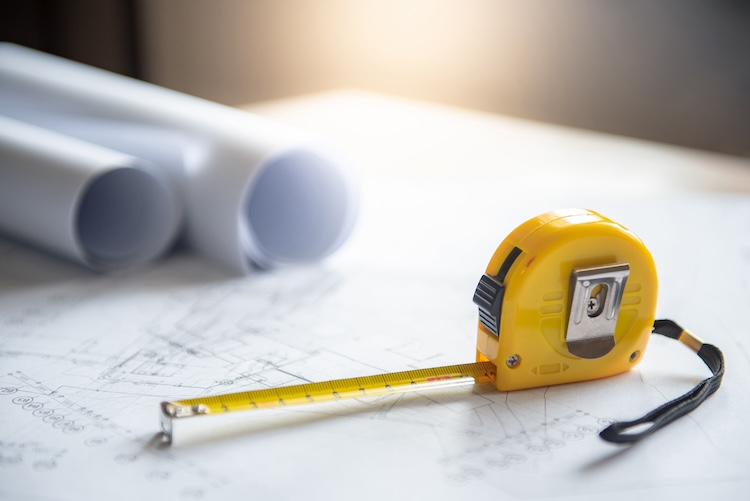As we go through the Adult to Child series, the combination we will discuss this week is the High D Adult and the High C Child.
As a reminder:
- High D– is the take charge, fast-paced, must be in control, decisive and authoritative, gets things done person
- High C – is precise, likes procedures, conscientious, systematic, slower paced, and task oriented
As I’ve mentioned for the last few months, we are in the throes of building a new house many miles from where we currently live. It is quite the process! But we are especially blessed to have our son right next door. He used to build houses and has a wealth of experience and expertise that he graciously and generously shares with us. One of the fascinating parts of his teamwork is that he is a High-C and is working closely with my High D husband. It is easy to see the list below of the Strengths, Struggles and Strategies played out.
From Different Children, Different Needs, Dr. Boyd shares the:
STRENGTHS: Since both of you focus on tasks and enjoy working independently, you share some common ground. As a team, with your direction and the child’s attention to detail, you can accomplish a lot.
STRUGGLES: You tend to jump into a project quickly, whereas the child likes to think things through in detail. You both want results, but the child wants things done right and you want things done now. This difference in pace is a chief source of conflict. Also, your tendency to control things can be discouraging to this child who does not want to feel pressured.
STRATEGIES:
- Do not become impatient with the child. Don’t rush or push him.
- Give him time to make decisions.
- Allow the child time to gather all the facts and do things “correctly” – as he defines “correct.”
- Be careful with criticism. While it may motivate you, he may internalize the criticism deeply and it may seriously damage his self-esteem. Callous comments or acts of aggression will immobilize him.
- Be prepared to answer the child’s “why” questions and provide in-depth explanations patiently.
- Accept and affirm his cautious nature. Do not expect him to be a risk-taker like you.
- Listen to your child. His reasons for doing what he does are usually thought out thoroughly.
[Excerpt(s) from DIFFERENT CHILDREN, DIFFERENT NEEDS: UNDERSTANDING THE UNIQUE PERSONALITY OF YOUR CHILD by Dr. Charles F. Boyd, copyright © 1994, 2004 by Charles F. Boyd. Used by permission of WaterBrook Multnomah, an imprint of Random House, a division of Penguin Random House LLC. All rights reserved.]
I hope this gives you an idea of how a High D Adult and a High C Child can interact and some strategies to handle those interactions in the best way possible.
As we finish focusing on the High D Adult’s interactions, there is one other important facet to be aware of in any person-to-person relationship. The challenge comes from the fact that most of us, without even realizing it, believe that others approach situations and react to them in the same way we do. But as we’ve seen over these last 4 weeks, that is far from accurate. We all approach things and deal with them in very different ways at very different speeds and with very different goals.
It requires taking those few minutes to STOP, THINK, and REASSESS the people involved. If this can be done before there are misunderstandings or “knocking of heads”, so much the better. It is just one of those great habits to develop. I hope the insights I’ve shared these last few weeks will contribute to that Reassessing Process.
Next week we start the 4-week focus on Adult/Child interactions from the High I Adult point of view. It will be totally different from these last four weeks of the High D. I think you will find the differences fascinating.
QUESTION: What insights have you gained these last four weeks that cause you to reassess how you interact with and understand relating to children? I’d love to hear your thoughts and observations. Please share in the comment section below.
P.S. If you are interested in finding out the DISC profile for yourself or a family member, just click here for the Resources page of my website to find more information on getting a DISC Assessment – an easy online process that will gain you lots of insight on your personal Styles.








Leave A Comment